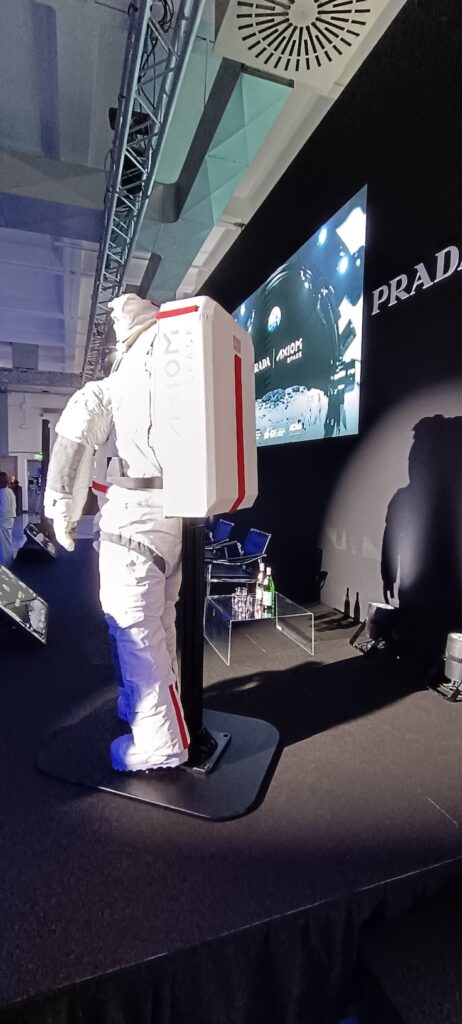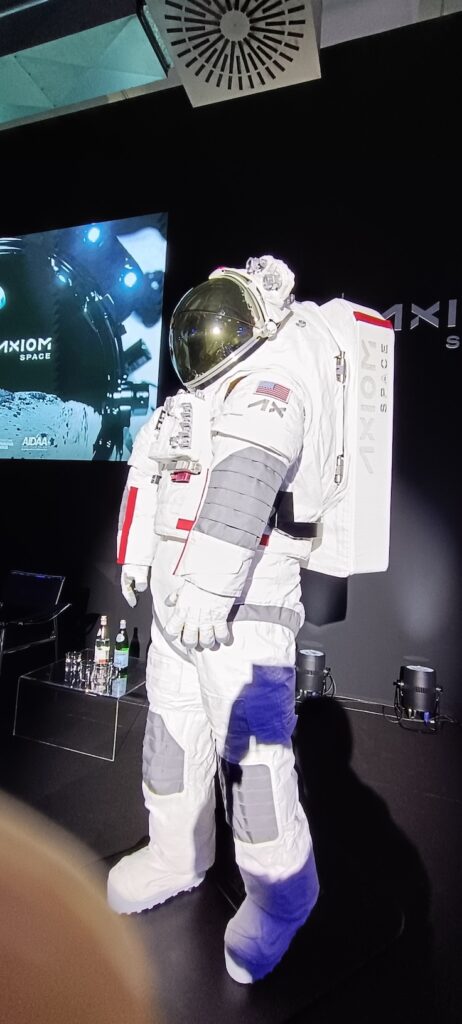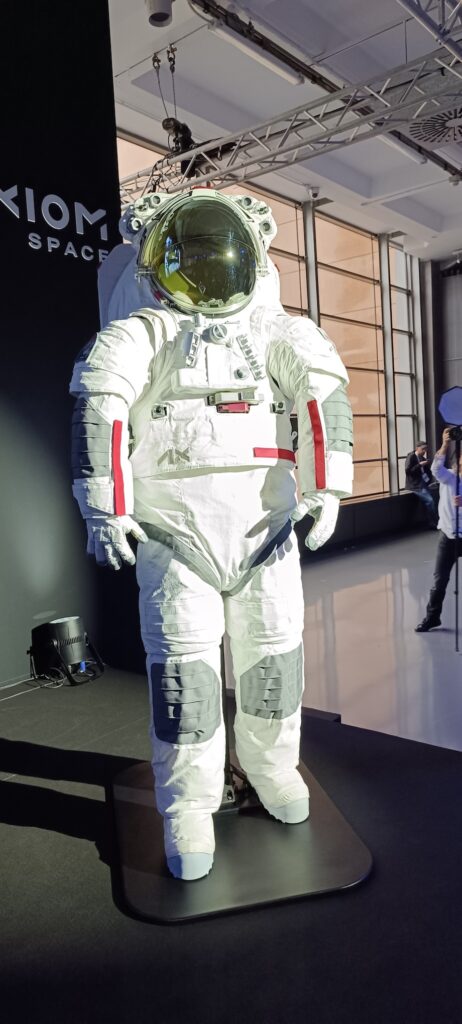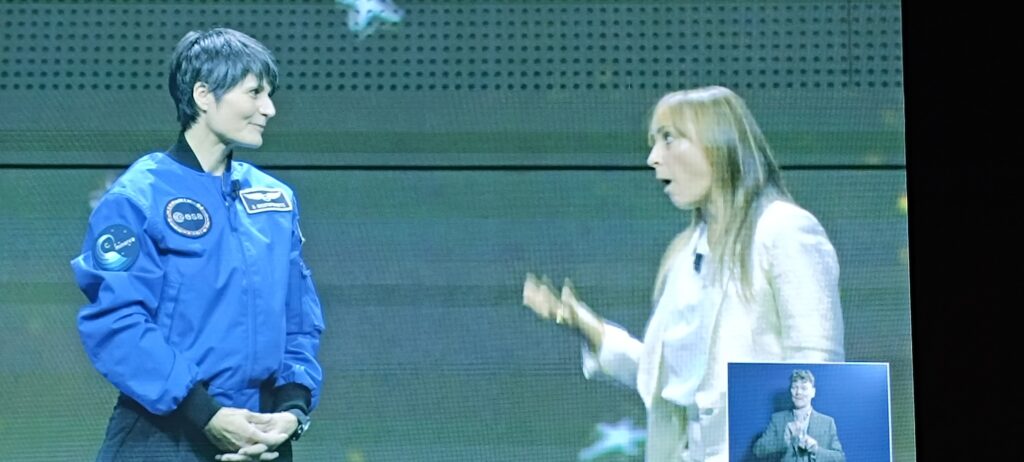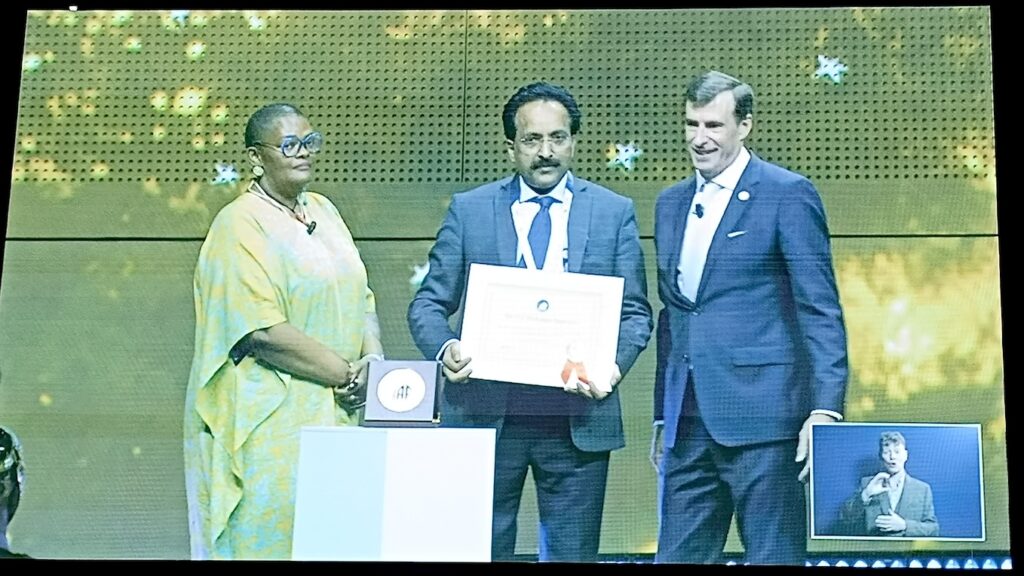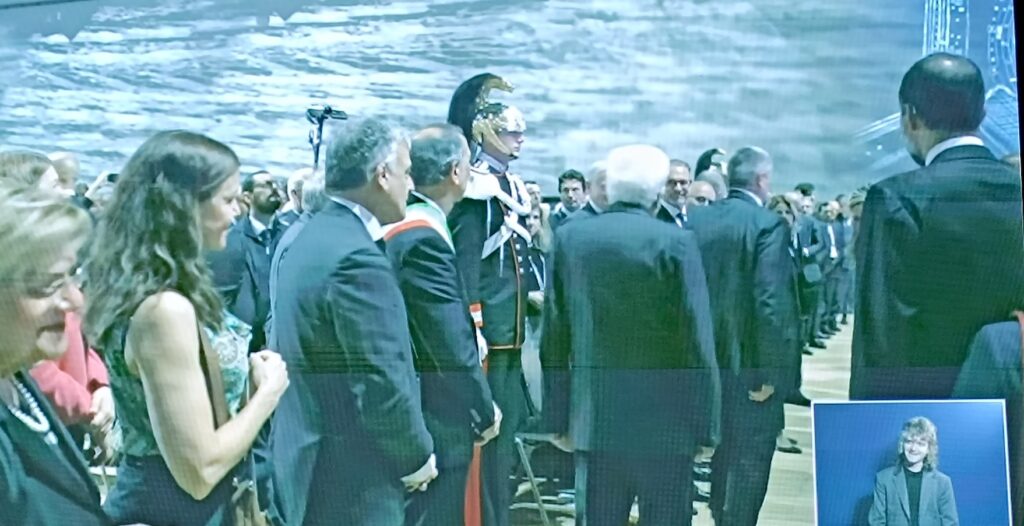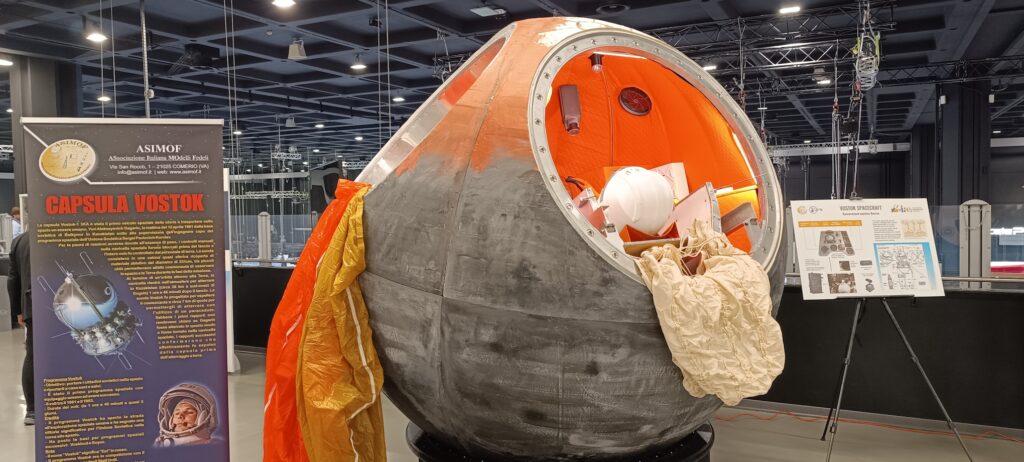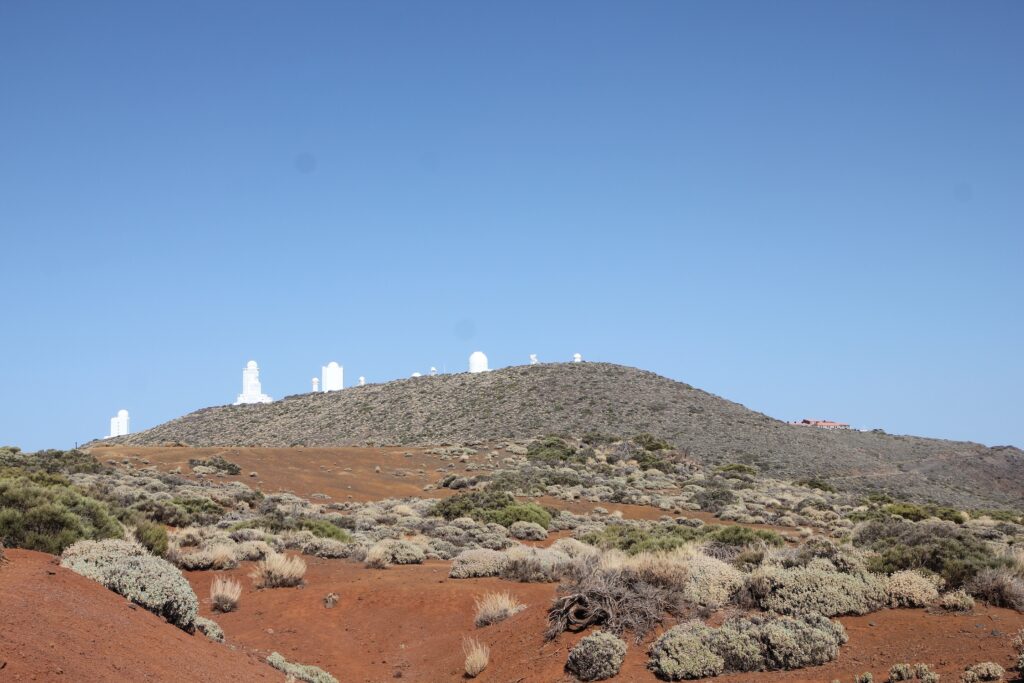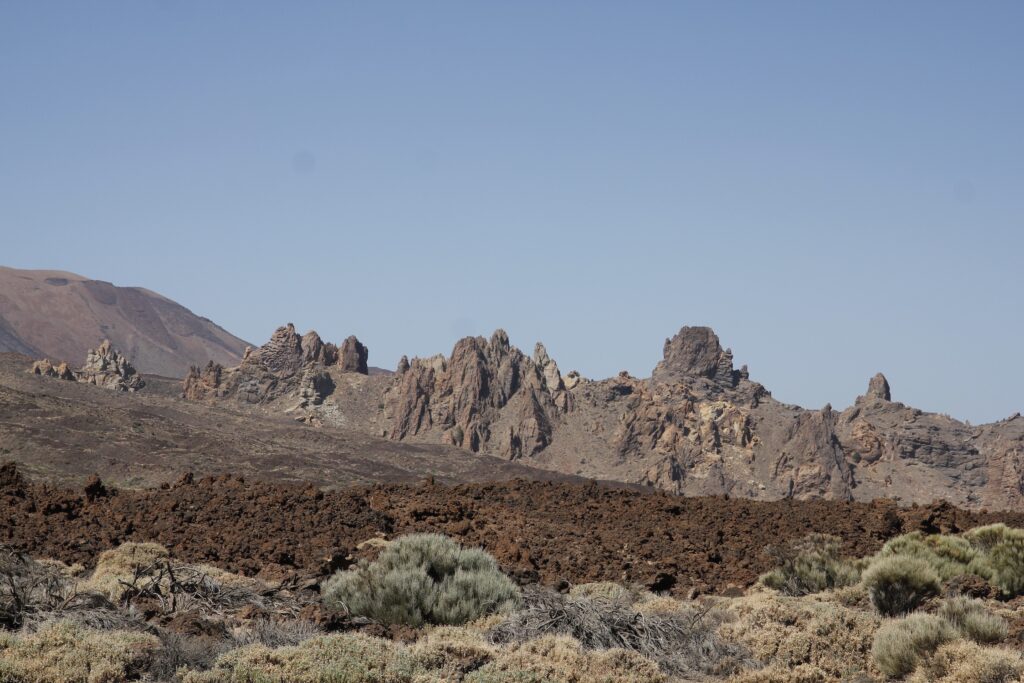Private space companies produce a wide range of products and services for the developing space economy. Today, Axiomspace announced its Extravehicular Mobility Unit (AxEMU) or spacesuit here at IAC2024. This is the new generation of spacesuits for use on the lunar surface by NASA astronauts on the Artemis-iii mission.

There are no “standout” major differences in appearance, but the development of technology since the 1960s will make these suits safer, longer lasting and more comfortable.Astronauts will return to the South Pole, an area not visited during the Apollo era, and there will be women, too. Some of the details that came out of the press conference and the Q&A that followed include
- Apollo spacesuits were tailor-made. The new ones are modular and support men and women. The gloves are personalised.
- Mitigation of the impact of lunar dust
- Built-in nutrition.
- The design incorporates the south pole conditions – lower temperature and the sun being mostly low in the sky.
- Can accommodate operations for 8 hours
- Builtin lights, HD cameras and cellular communication
- automatic biometric monitoring
It is the product of a private company. Other companies and countries will be producing similar products. Although there is a recognition that international standards are required, none are currently established. At this early stage, the first spacesuit to attract widespread deployment will establish a foothold . That will most likely become the de facto standard.
